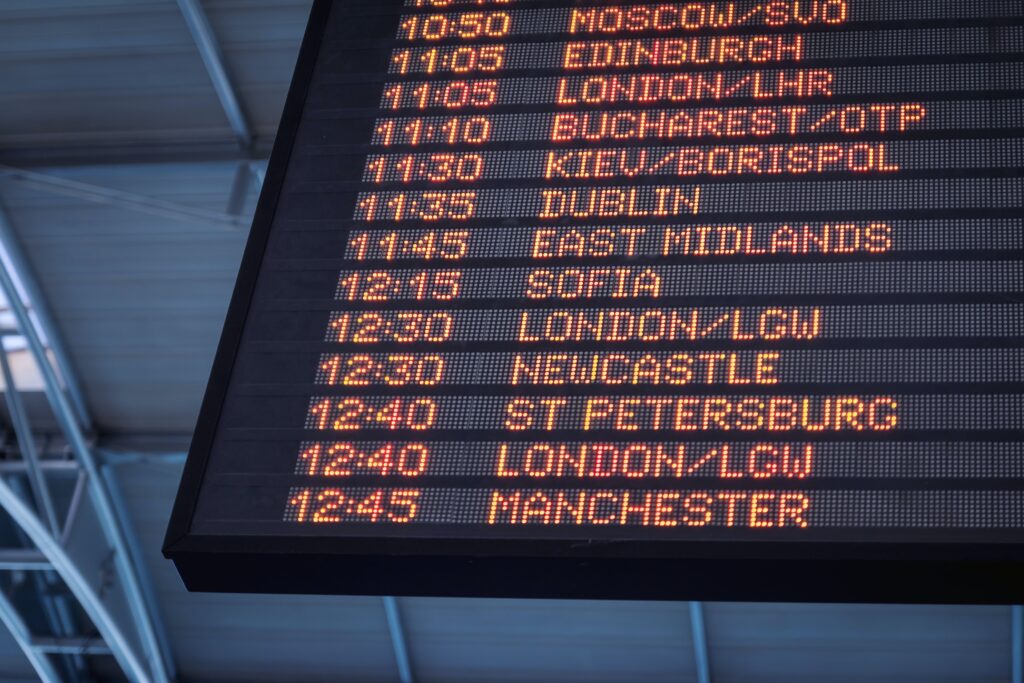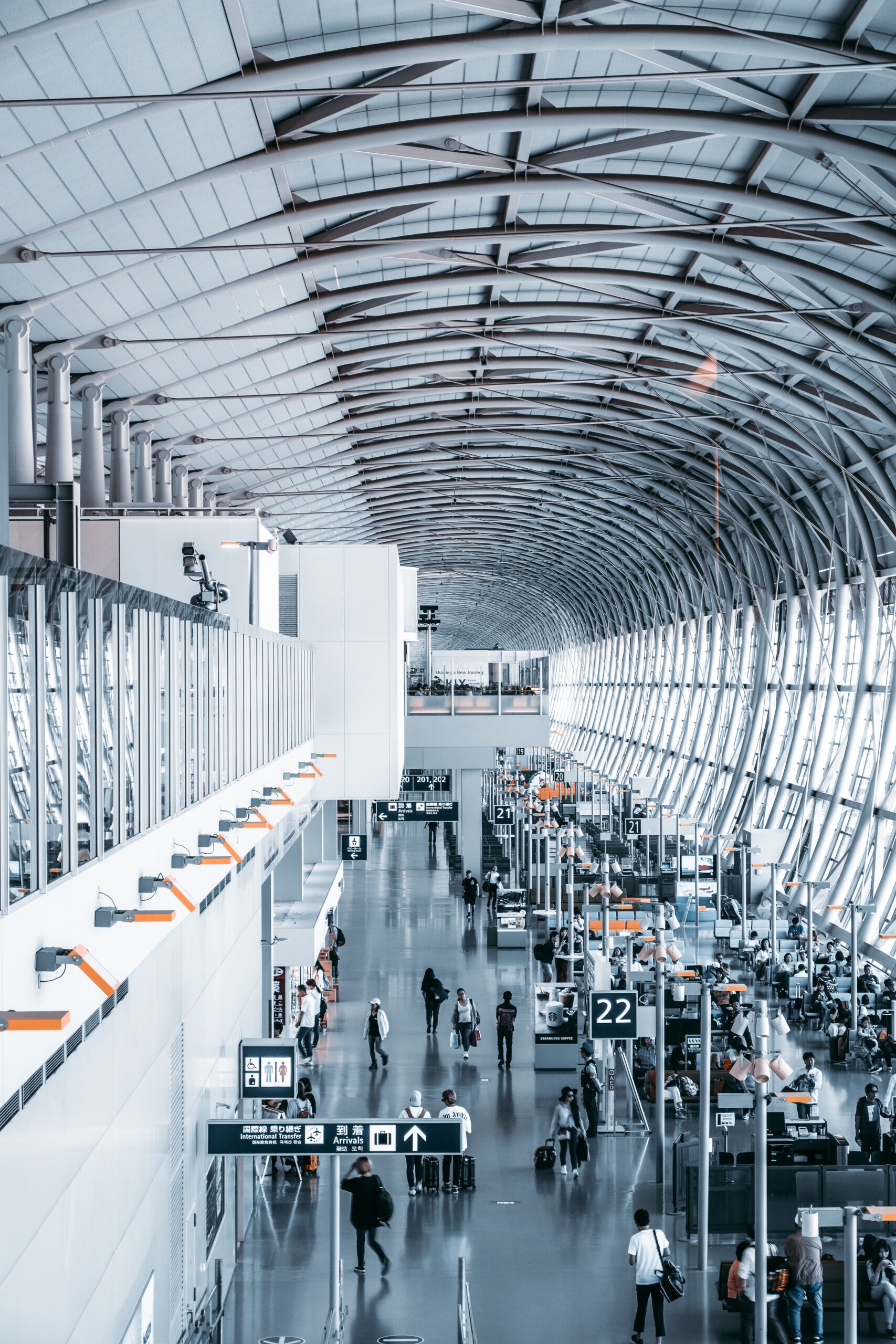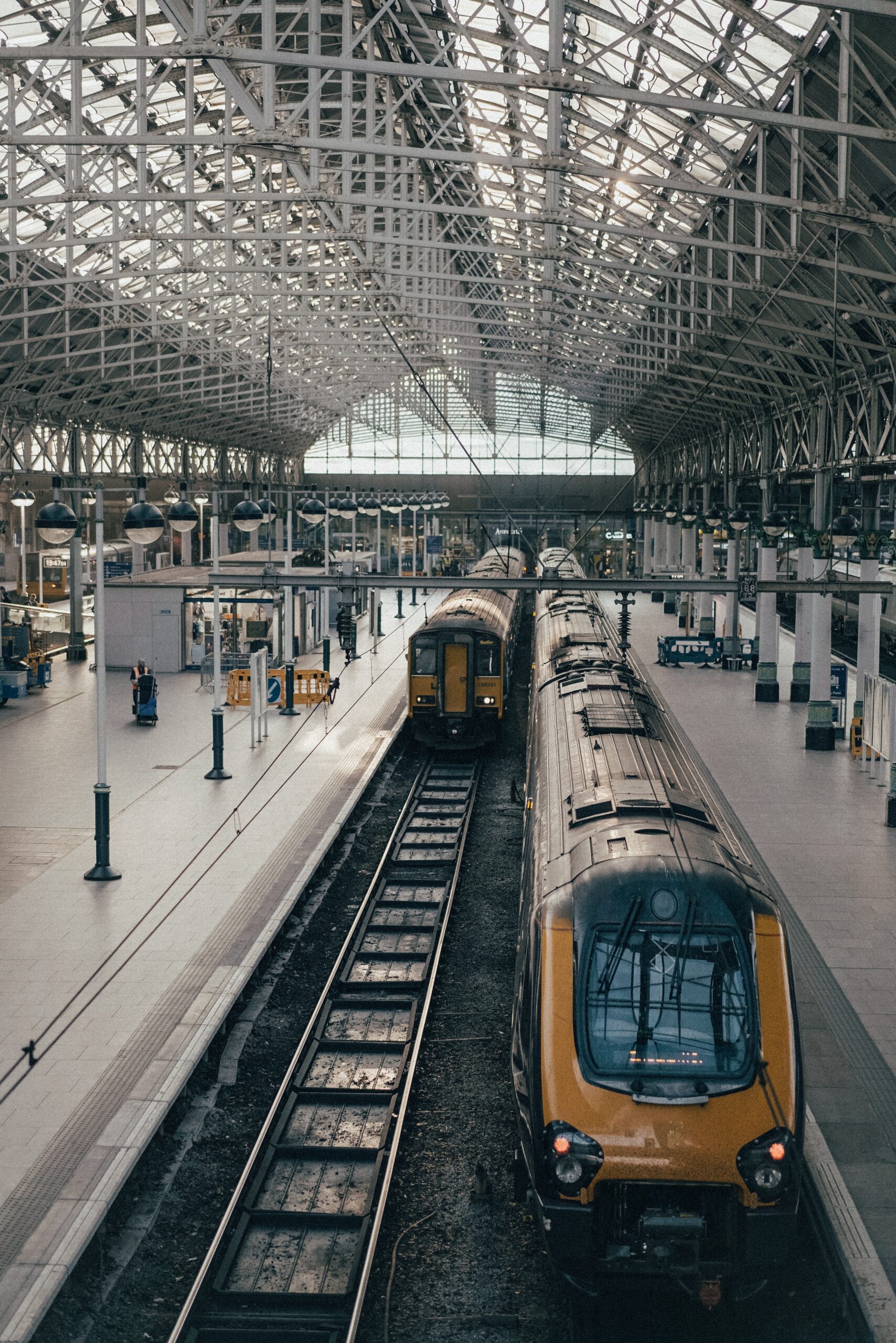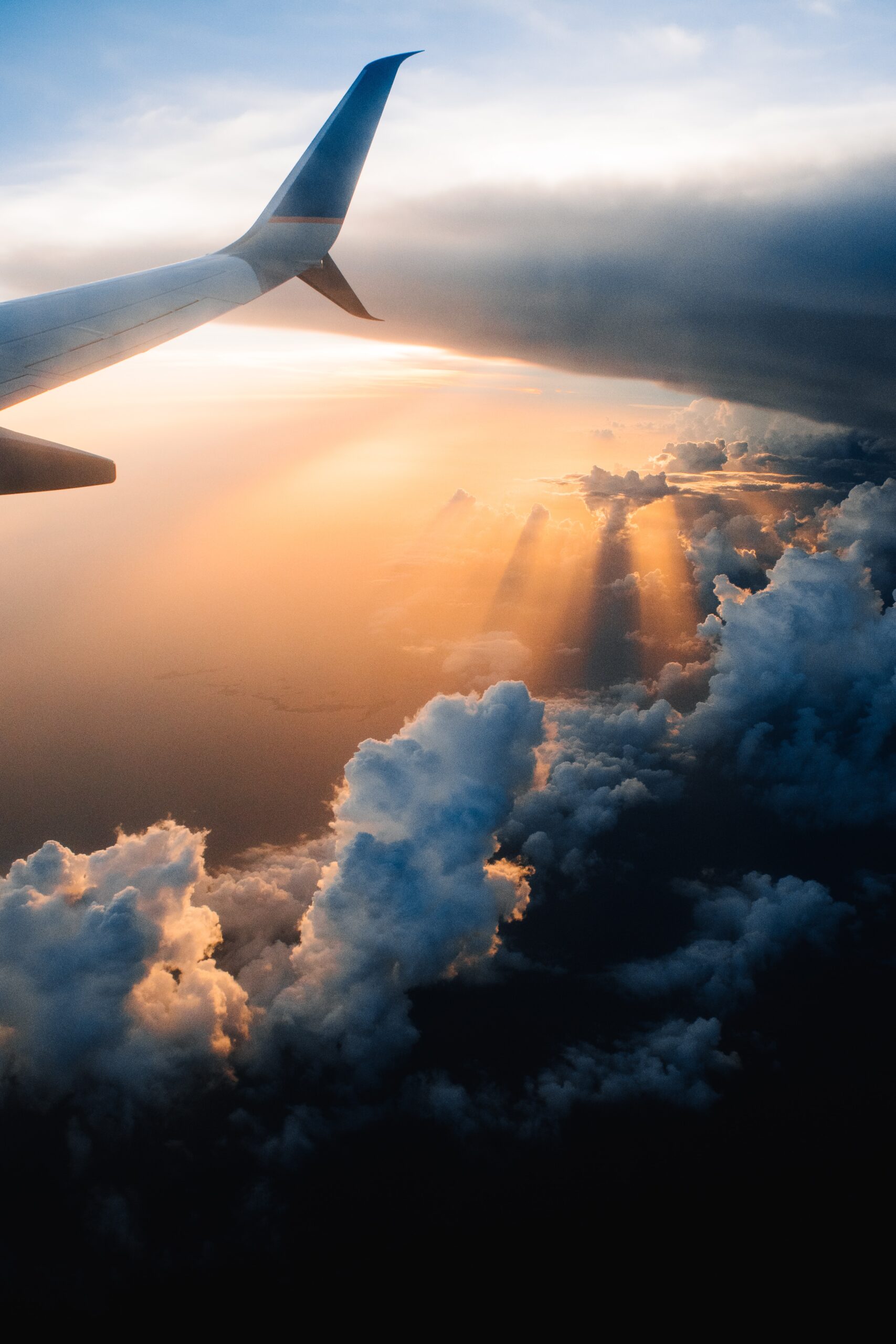Uzbekistan Transportation Guide
Uzbekistan Transportation Guide: Transportation network includes trains, domestic flights, shared taxis, and Tashkent’s metro, providing efficient travel across diverse landscapes.


Uzbekistan Transportation Guide – International Airports
Uzbekistan is served by several international airports that connect the country to various destinations around the world. Here are the main international airports in Uzbekistan:
Tashkent International Airport (TAS): Located in the capital city of Tashkent, Tashkent International Airport is the busiest and largest airport in Uzbekistan. It offers a wide range of domestic and international flights, connecting Uzbekistan to major cities in Europe, Asia, and the Middle East. The airport serves as the primary gateway for international travelers visiting Uzbekistan.
Samarkand International Airport (SKD): Situated in the historic city of Samarkand, Samarkand International Airport is an important hub for international flights in Uzbekistan. It operates regular flights to destinations in Russia, Turkey, the United Arab Emirates, and other countries in the region. The airport is located approximately 8 kilometers (5 miles) southwest of the city center.
Bukhara International Airport (BHK): Bukhara International Airport serves the city of Bukhara and offers international connections to neighboring countries. It operates flights to destinations such as Russia, Kazakhstan, Turkey, and the United Arab Emirates. The airport is located approximately 4 kilometers (2.5 miles) west of Bukhara city center.
Urgench International Airport (UGC): Urgench International Airport is located in the city of Urgench, which is the gateway to the historical region of Khiva. The airport serves as a hub for travelers visiting the UNESCO World Heritage Site of Khiva and offers domestic and international flights to destinations such as Moscow, St. Petersburg, Istanbul, and Tashkent.
National Airports
In addition to the international airports, Uzbekistan also has several national airports that serve domestic flights within the country. Here are some of the major national airports in Uzbekistan:
Nukus Airport (NCU): Located in the city of Nukus, the capital of the autonomous Republic of Karakalpakstan, Nukus Airport offers domestic flights to destinations within Uzbekistan. It provides convenient access to the unique cultural and historical attractions of Karakalpakstan, including the renowned Savitsky Art Museum.
Termez Airport (TMJ): Termez Airport serves the city of Termez, located in the Surxondaryo Region of Uzbekistan. The airport operates domestic flights to connect Termez with other cities in Uzbekistan. Termez is known for its rich history and archaeological sites, including the ancient Buddhist settlement of Fayaztepa and the Sultan Saodat Ensemble.
Andijan Airport (AZN): Andijan Airport is located in the city of Andijan in the Fergana Valley. It serves as a domestic airport, providing flights to and from other cities in Uzbekistan. Andijan is a vibrant city with a rich cultural heritage, and it is an excellent base for exploring the attractions of the Fergana Valley.
Karshi Airport (KSQ): Karshi Airport is situated in the city of Karshi in the Kashkadarya Region of Uzbekistan. It operates domestic flights, connecting Karshi with other cities within the country. Karshi is known for its historical sites, including the ancient city of Kesh and the mausoleum of Sheikh Burhaneddin.
Uzbekistan Transportation Guide – Trains
Uzbekistan has an extensive railway network that connects various cities and regions within the country, as well as international destinations. The national rail operator is known as Uzbekistan Railways. Here are some key points about the trains in Uzbekistan:
Train Types:
Uzbekistan Railways operates different types of trains to cater to varying travel needs and preferences. These include:
Afrosiyob: Afrosiyob is a high-speed train that operates on the Tashkent-Samarkand route. It offers a comfortable and faster travel option between the two major cities, reducing the travel time to around 2 hours.
Sharq: Sharq is a comfortable overnight train that runs between Tashkent and the city of Fergana in the Fergana Valley. It provides sleeping compartments and a dining car for passengers.
Night Trains: Uzbekistan Railways operates night trains that connect various cities within the country. These trains offer sleeping compartments for overnight journeys and are a popular choice for long-distance travel.
Popular Routes:
The train network in Uzbekistan covers major cities and tourist destinations. Some of the popular train routes include:
Tashkent to Samarkand: This route is served by the high-speed Afrosiyob train, offering a quick and convenient connection between the two cities.
Ticketing and Reservations: Train tickets can be purchased at train stations in Uzbekistan or through authorized travel agencies. It’s advisable to book tickets in advance, especially during peak travel seasons or for popular routes, to secure your preferred travel dates and class of service. It’s also important to have a valid passport or identification document when purchasing train tickets.
Tashkent to Bukhara: Trains operate between Tashkent and Bukhara, allowing travelers to explore the historic city known for its UNESCO World Heritage sites.
Tashkent to Khiva: Train services connect Tashkent with the ancient city of Khiva, providing an opportunity to experience the well-preserved architectural wonders.
Train Stations: Major cities in Uzbekistan have train stations equipped with basic facilities such as waiting areas, ticket counters, and luggage storage services. It’s advisable to arrive at the train station well in advance of your departure time to complete necessary procedures and locate your platform.


Uzbekistan Transportation Guide – Buses
Buses are an important mode of transportation in Uzbekistan, offering convenient and affordable options for traveling within and between cities. Here are some key points about buses in Uzbekistan:
Intercity Buses: Uzbekistan has a well-developed intercity bus network that connects major cities and towns throughout the country. These buses provide regular and scheduled services, allowing travelers to easily move between different regions of Uzbekistan. Intercity buses are generally comfortable and equipped with air conditioning, making them a popular choice for domestic travel.
Local Buses: Within cities, local buses serve as the primary means of public transportation. They operate on set routes, making stops at designated bus stops throughout the city. Local buses are an affordable way to get around and explore different neighborhoods and attractions within urban areas.
Marshrutkas: Marshrutkas, also known as minivans or shared taxis, are another common mode of transportation in Uzbekistan. These smaller vehicles operate on fixed routes, similar to local buses, but with fewer passengers. Marshrutkas are often quicker than buses, as they make fewer stops, and they can be a more flexible option for reaching destinations that may not be covered by regular bus routes.
Ticketing and Payment: In Uzbekistan, bus fares are usually paid in cash directly to the driver or conductor upon boarding the bus. It’s advisable to carry smaller denominations of local currency (Uzbekistani Som) for bus fare payments. Exact change is not always necessary, but it can be helpful. Intercity bus fares are generally fixed, while local bus fares may vary based on the distance traveled.

We recommend
Uzbekistan travel tips
Our guide offers essential Uzbekistan travel tips and insights for an unforgettable journey. Plan your trip with us!
Uzbekistan Transportation Guide – SIM Cards
Providers: Choose from local providers like Ucell, Beeline, and Uzmobile for reliable coverage across Uzbekistan.
Documentation: Bring your passport; registration may be required for purchasing a SIM card.
Registration Process: Complete the registration process at the point of purchase, providing necessary details for activation.
Data Plans: Select a data plan based on your usage; options include daily or weekly packages for internet access.
Top-Up Options: Recharge your balance easily at carrier kiosks, convenience stores, or using mobile apps.
Coverage in Remote Areas: Consider coverage in remote regions if traveling extensively; some areas may have limited connectivity.
Internet Speeds: 4G/LTE is available in urban areas, providing decent internet speeds for browsing and navigation.
Messaging Apps: Use messaging apps for communication; data plans often include free or affordable messaging services.
Local Calls: Check local call rates; some plans may include free or discounted local calls.
International Calls: Confirm rates for international calls if needed, as they may vary among providers.
SIM Card Duration: Be aware of the validity period of your SIM card; extensions may be necessary for longer stays.
Lost SIM Card: Report lost or stolen SIM cards promptly to your provider for security reasons.
Customer Service: Save the customer service number for assistance with any issues or inquiries.
Mobile Hotspot: Consider using your phone as a mobile hotspot for other devices if needed.
Language Barrier: Be patient; English may not be widely spoken at service points, but staff will assist you.
Roaming Charges: Check international roaming rates with your home provider; using a local SIM card is often more cost-effective.
Dual SIM Phones: If possible, use a dual SIM phone to keep your home SIM card active for communication with contacts back home.
Regulations: Familiarize yourself with local regulations and ensure compliance with any requirements for using a foreign SIM card.
Currency Converter
Currency Converter EUR/USD: Mon, 2 Jun.
Unit Converter
Uzbekistan Transportation Guide – Maps
What map do you need?
Choose your destination
More information about this country









